Home>Garden Essentials>What Is The Best Ground Cover For A Hillside
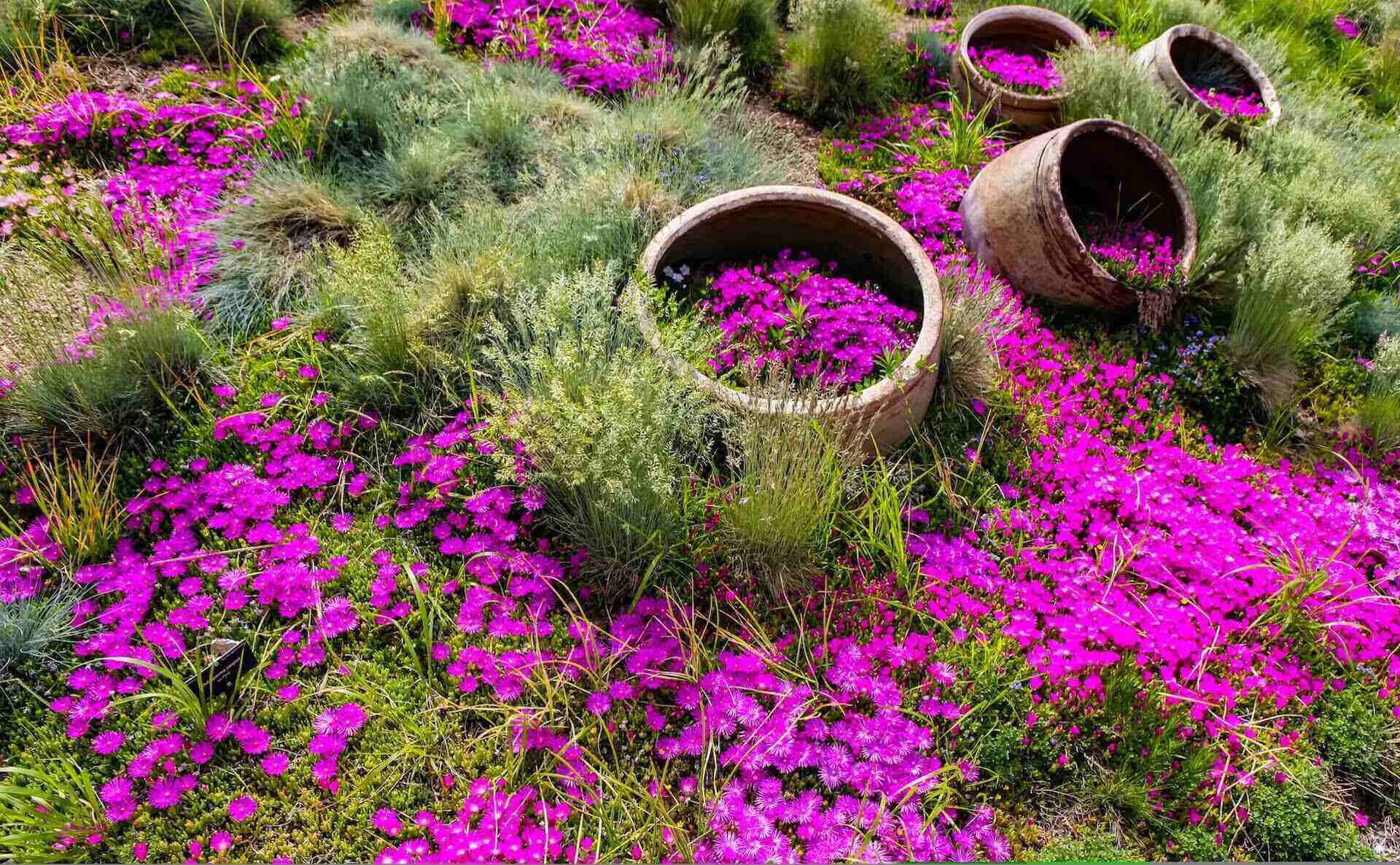

Garden Essentials
What Is The Best Ground Cover For A Hillside
Modified: March 7, 2024
Looking for the best ground cover for a garden on a hillside? Discover top options and tips for creating a beautiful and functional landscape.
(Many of the links in this article redirect to a specific reviewed product. Your purchase of these products through affiliate links helps to generate commission for Storables.com, at no extra cost. Learn more)
Introduction
Gardening on a hillside can present unique challenges. Aside from the physical effort required to work on sloping terrain, the issue of soil erosion and water runoff can be a significant concern. To combat these challenges, it’s essential to choose the right ground cover for a hillside that not only helps stabilize the soil but also adds beauty and functionality to the landscape.
When determining the best ground cover for a hillside, several factors need to be taken into consideration. These include the slope gradient, soil type, sunlight exposure, maintenance requirements, and the overall aesthetic goals of the garden. By understanding these factors and exploring various options, you can create a stunning hillside garden that is both visually pleasing and practical.
Key Takeaways:
- Choose ground cover based on slope, soil, sunlight, maintenance, and aesthetic goals. Grass, vines, plants, shrubs, rock, mulch, or terracing are viable options for a beautiful and functional hillside garden.
- Regular maintenance and monitoring are necessary for long-term success. Carefully select and implement the right ground cover to create a stunning, erosion-resistant, and sustainable garden space.
Read more: How To Start Hillside Ground Cover
Factors to Consider
Before deciding on the best ground cover for your hillside, it’s essential to consider a few key factors:
- Slope Gradient: The steepness of the slope will impact the stability of the ground cover. For steep slopes, you may need to choose a more erosion-resistant option.
- Soil Type: Understanding the soil composition will help determine which plants will thrive in your hillside garden. Some ground covers prefer well-drained soil, while others can tolerate heavier clay soils.
- Sunlight Exposure: Take note of how much sunlight the hillside receives throughout the day. This will guide you in selecting plants that are suited to the light conditions.
- Maintenance Requirements: Consider the amount of time and effort you are willing to invest in maintaining your hillside garden. Some ground covers require regular pruning or fertilizing, while others are relatively low-maintenance.
- Aesthetic Goals: Determine the overall look and feel you want to achieve with your hillside garden. Do you prefer a natural, meadow-like landscape, or do you envision a more manicured and structured design?
By taking these factors into account, you can make an informed decision and choose the best ground cover that meets your specific needs and preferences. Now, let’s explore some popular options for hillside ground covers.
Grass
Grass is a classic and versatile ground cover option for a hillside. It provides a lush and natural look while also helping to control soil erosion. Several types of grasses can thrive on slopes, including tall fescue, ryegrass, and creeping red fescue.
When selecting grass for a hillside, consider its durability and ability to tolerate foot traffic. Choose a grass variety that has deep roots to help stabilize the soil and prevent erosion. It’s also important to ensure proper irrigation, as water runoff can be a challenge on slopes. Installing a sprinkler system or using mulch to retain moisture can help promote healthy grass growth.
Regular mowing, fertilizing, and weed control are necessary to maintain a well-groomed appearance. It’s important to note that maintaining a grassy hillside can be more labor-intensive compared to other ground cover options.
If you prefer a more low-maintenance approach, consider using ornamental grasses. These grasses are typically drought-tolerant, require minimal care, and add visual interest with their unique textures and colors.
Grass can be an excellent choice for a hillside ground cover, but it’s crucial to select the right type of grass for your specific slope conditions and maintenance preferences.
Perennial Vines
Perennial vines can add a touch of vertical beauty to your hillside garden. They not only provide ground cover but also create a sense of depth and dimension as they climb and cascade down the slope. These vigorous climbers often have strong root systems that help stabilize the soil, making them an excellent choice for erosion control.
Some popular perennial vine options for hillside ground covers include the hardy clematis, trumpet vine, and English ivy. These vines are known for their ability to withstand various growing conditions and thrive in full to partial sunlight.
When selecting perennial vines, consider their growth habits. Some vines cling to surfaces using aerial rootlets or tendrils, while others may require support structures like trellises or arbors. It’s essential to provide adequate support to guide the vines in the desired direction and prevent them from spreading uncontrollably.
As with any plant, regular pruning and maintenance are necessary to keep perennial vines in check and prevent them from becoming invasive. Additionally, some perennial vines may require regular watering and fertilizing to promote healthy growth.
Perennial vines can bring vertical interest and create a lush, green backdrop for your hillside garden. They offer both beauty and erosion control, making them a popular choice among gardeners.
Groundcover Plants
Groundcover plants are an excellent option for covering large areas of a hillside with ease. They are typically low-growing, spreading plants that form dense mats, effectively preventing soil erosion and suppressing weeds.
When choosing groundcover plants for a hillside, consider their adaptability to different soil conditions and light levels. Some popular options include creeping thyme, sedum, ajuga, and vinca minor (periwinkle).
Creeping thyme is a drought-tolerant groundcover that produces fragrant flowers and is ideal for sunny slopes. Sedum, also known as stonecrop, is a succulent groundcover that can tolerate poor soil and drought conditions. Ajuga offers beautiful foliage and thrives in partially shaded areas. Vinca minor is an evergreen groundcover that handles a wide range of growing conditions and forms a dense carpet of green foliage.
Groundcover plants require minimal maintenance once established. However, regular weeding and thinning may be necessary to keep them from becoming overcrowded. It’s important to note that some groundcover plants can be invasive, so proper monitoring and containment may be required.
By selecting the right groundcover plants, you can create a stunning tapestry of colors and textures on your hillside while effectively preventing soil erosion and reducing weed growth.
Consider planting ground covers such as creeping juniper, creeping thyme, or ornamental grasses on a hillside. These plants have shallow roots, help prevent erosion, and require minimal maintenance.
Read more: What Is The Best Ground Cover For NC
Shrubs
Shrubs can serve as an attractive and functional ground cover option for a hillside garden. They provide excellent coverage, offer visual interest throughout the year, and can help stabilize the soil with their extensive root systems.
When selecting shrubs for a hillside, consider their growth habits, adaptability to the soil and light conditions, as well as their ability to withstand slope instability.
Some popular shrub options for hillside ground covers include juniper, lavender, barberry, and cotoneaster.
Juniper is a hardy evergreen shrub that can withstand poor soil conditions and provides year-round interest with its textured foliage. Lavender not only adds a pop of color and fragrance to the hillside garden but also has drought-tolerant qualities. Barberry is known for its vibrant foliage and ability to tolerate various growing conditions. Cotoneaster is a versatile shrub that offers attractive flowers, colorful berries, and ground-hugging growth habits.
Once established, shrubs generally require minimal maintenance. Pruning in late winter or early spring will help maintain their shape and promote healthy growth. Regular watering, especially during dry spells, is essential for their establishment and overall health.
Shrubs can provide structure and visual appeal to a hillside garden while offering excellent soil erosion control. They are a versatile option that can be used to create a beautiful and functional landscape.
Rock and Stone
Rock and stone can be a unique and natural ground cover option for a hillside garden. They not only add visual interest and texture but also help prevent soil erosion by providing stability and acting as a barrier against water runoff.
When using rock and stone as a ground cover, consider the size and type of stones you want to incorporate. Larger rocks can create a dramatic and bold look, while smaller pebbles can give a more subtle and textured appearance.
Incorporating rock and stone into your hillside garden requires proper placement and anchoring to prevent movement or displacement. Carefully consider the slope gradient and ensure the rocks are securely positioned to prevent accidents or potential damage.
You can also complement the rock and stone ground cover with drought-tolerant plants or succulents growing between the rocks to add color and soften the overall look.
Maintenance for rock and stone ground covers is relatively low. Occasional debris removal and repositioning of the rocks may be needed, especially after heavy rains or strong winds.
Rock and stone ground covers are an excellent choice for those seeking a natural and low-maintenance option that adds texture and stability to their hillside garden.
Mulch
Mulch can be a practical and visually appealing ground cover option for a hillside garden. It not only helps control soil erosion but also retains moisture, suppresses weeds, and insulates plant roots from extreme temperature fluctuations.
There are various types of mulch available, including organic options such as wood chips, shredded bark, straw, and pine needles, as well as inorganic options like gravel and rubber mulch.
When using mulch as a ground cover, ensure a thick layer is applied to provide adequate coverage and prevent soil erosion. Ideally, aim for a depth of 2 to 3 inches of mulch to effectively suppress weeds and retain moisture.
Organic mulches contribute to soil fertility as they break down over time, providing nutrients to the plants. They also help improve soil structure and moisture retention capabilities.
Inorganic mulches, such as gravel or rubber mulch, offer long-lasting coverage and require minimal maintenance. They are an excellent option for areas that are prone to heavy rainfall or where fire safety is a concern. However, they do not contribute to soil fertility and may require occasional raking or cleaning.
Mulch should be replenished periodically as it breaks down or gets displaced due to weather elements or foot traffic.
Overall, mulch is a versatile and practical ground cover option that provides numerous benefits to a hillside garden, including erosion control, moisture retention, weed suppression, and improved soil health.
Terracing or Retaining Walls
Terracing or constructing retaining walls can be an effective solution for managing a hillside garden. While not technically a ground cover, they can create flat, level areas that are easier to work with and provide stability to the soil.
Terracing involves creating multiple leveled sections on a slope, essentially transforming a steep incline into a series of flat terraces. Retaining walls, on the other hand, are vertical structures that hold the soil in place, preventing erosion and creating a visually appealing and functional garden design.
Depending on the size and slope of your hillside, you may opt for natural materials like stone or engineered materials such as concrete blocks or treated timbers to construct the terraces or retaining walls. It is important to adhere to local building codes and consult with a professional if the project involves significant retaining wall heights.
Terracing and retaining walls offer several benefits beyond erosion control. They provide usable space for planting, seating areas, or other elements of your landscape design. They also help with water management, directing excess water runoff and preventing erosion.
It’s important to consider the aesthetics and functionality when incorporating terracing or retaining walls into your hillside garden. They can be complemented with other ground cover options, such as plants, shrubs, or mulch, to create a cohesive and visually appealing landscape design.
While terracing or constructing retaining walls may require more upfront effort and investment, they can transform a challenging hillside into a beautiful and manageable garden space.
Read more: What Is The Best Flowering Ground Cover
Conclusion
Choosing the best ground cover for a hillside is crucial for both the aesthetic appeal and the functionality of your garden. Factors such as slope gradient, soil type, sunlight exposure, maintenance requirements, and your overall landscape goals should guide your decision-making process.
Grass, perennial vines, groundcover plants, shrubs, rock and stone, mulch, and terracing or retaining walls are all viable options for hillside ground covers. Each option has its unique advantages, whether it’s erosion control, visual interest, low maintenance, or a combination of these factors.
Consider the specific needs and conditions of your hillside, such as soil type, water runoff, and sunlight exposure, to determine the most suitable ground cover choices for your garden. It’s also important to strike a balance between functionality and beauty, creating a harmonious and sustainable landscape.
Keep in mind that regular maintenance and monitoring are necessary to ensure the long-term success of your chosen ground cover. Pruning, watering, fertilizing, and occasional repositioning may be required to keep the ground cover in its optimal condition.
By carefully selecting and implementing the right ground cover for your hillside, you can create a stunning, erosion-resistant, and sustainable garden space. Whether you opt for grass, vines, plants, shrubs, rock and stone, mulch, or a combination of these options, the result will be a visually appealing and functional hillside garden that you can enjoy for years to come.
Frequently Asked Questions about What Is The Best Ground Cover For A Hillside
Was this page helpful?
At Storables.com, we guarantee accurate and reliable information. Our content, validated by Expert Board Contributors, is crafted following stringent Editorial Policies. We're committed to providing you with well-researched, expert-backed insights for all your informational needs.


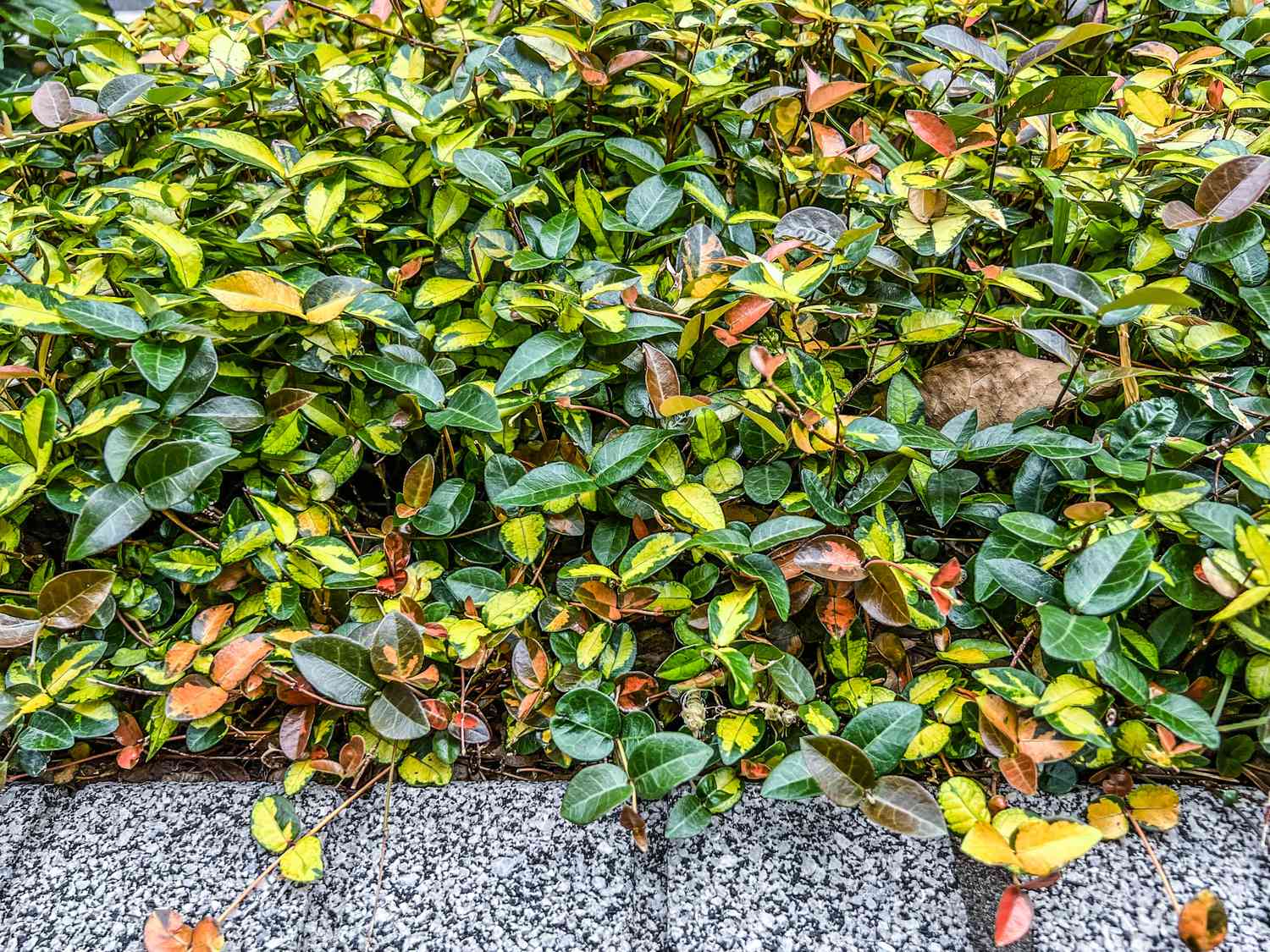
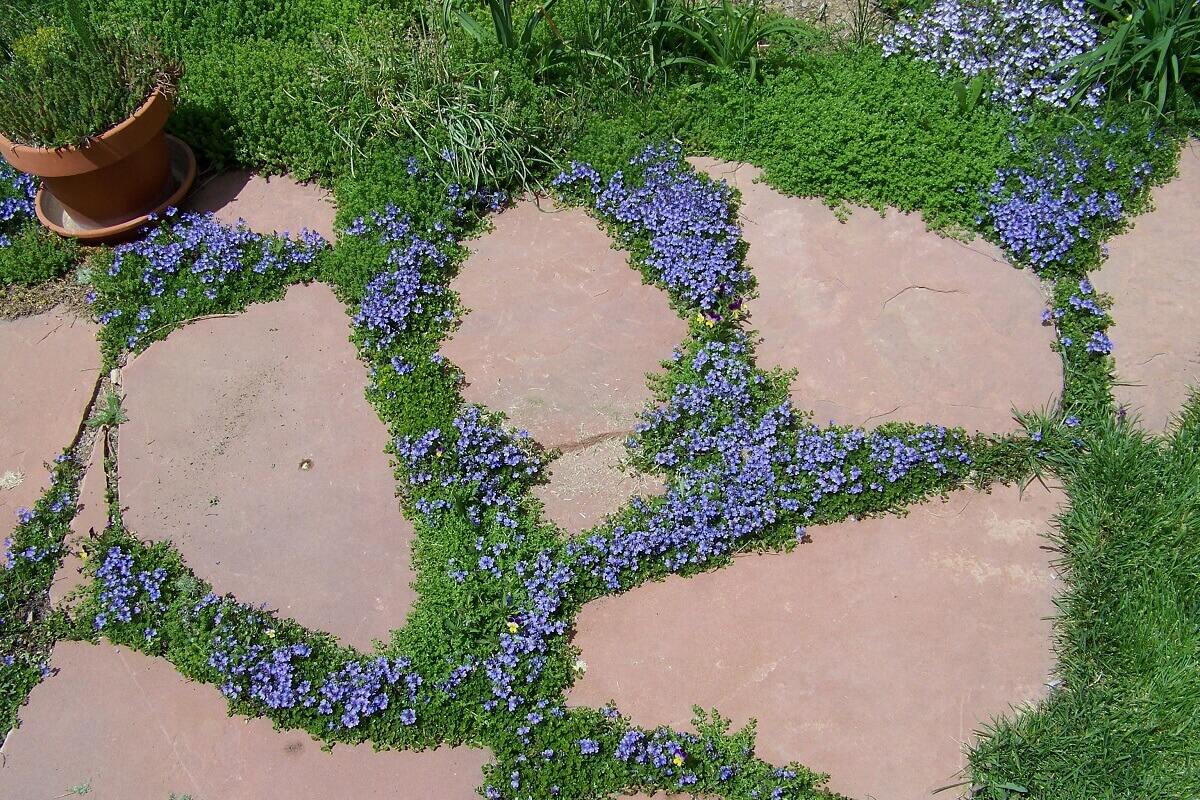
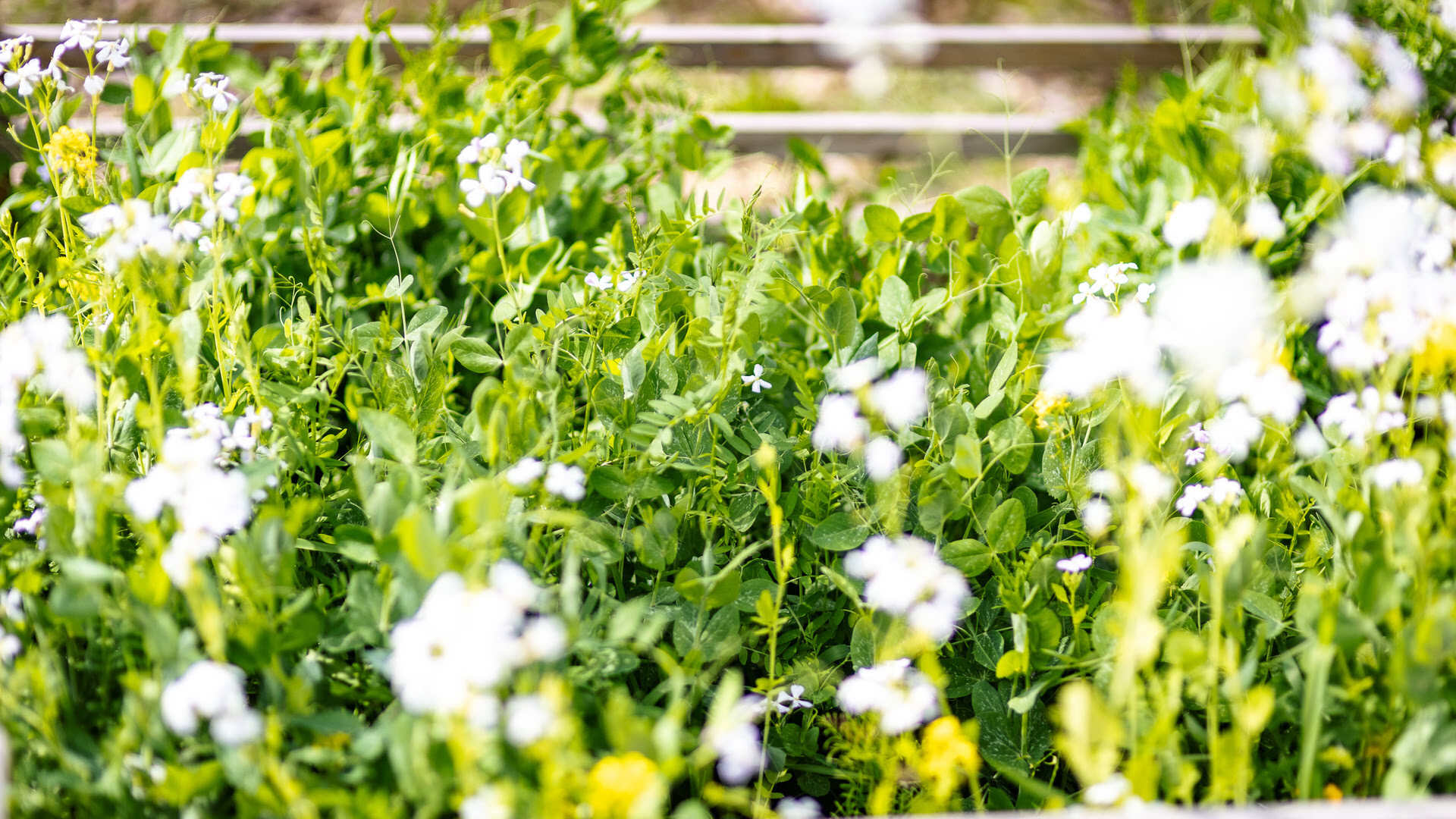
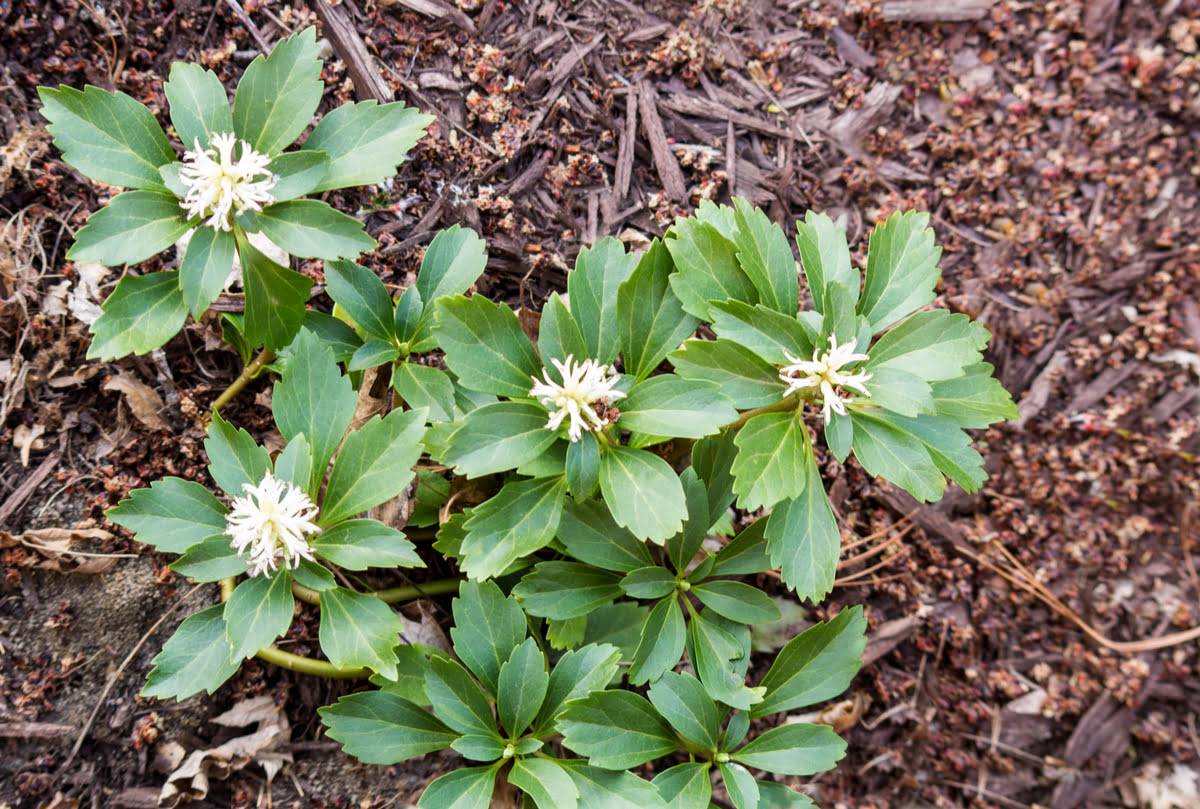
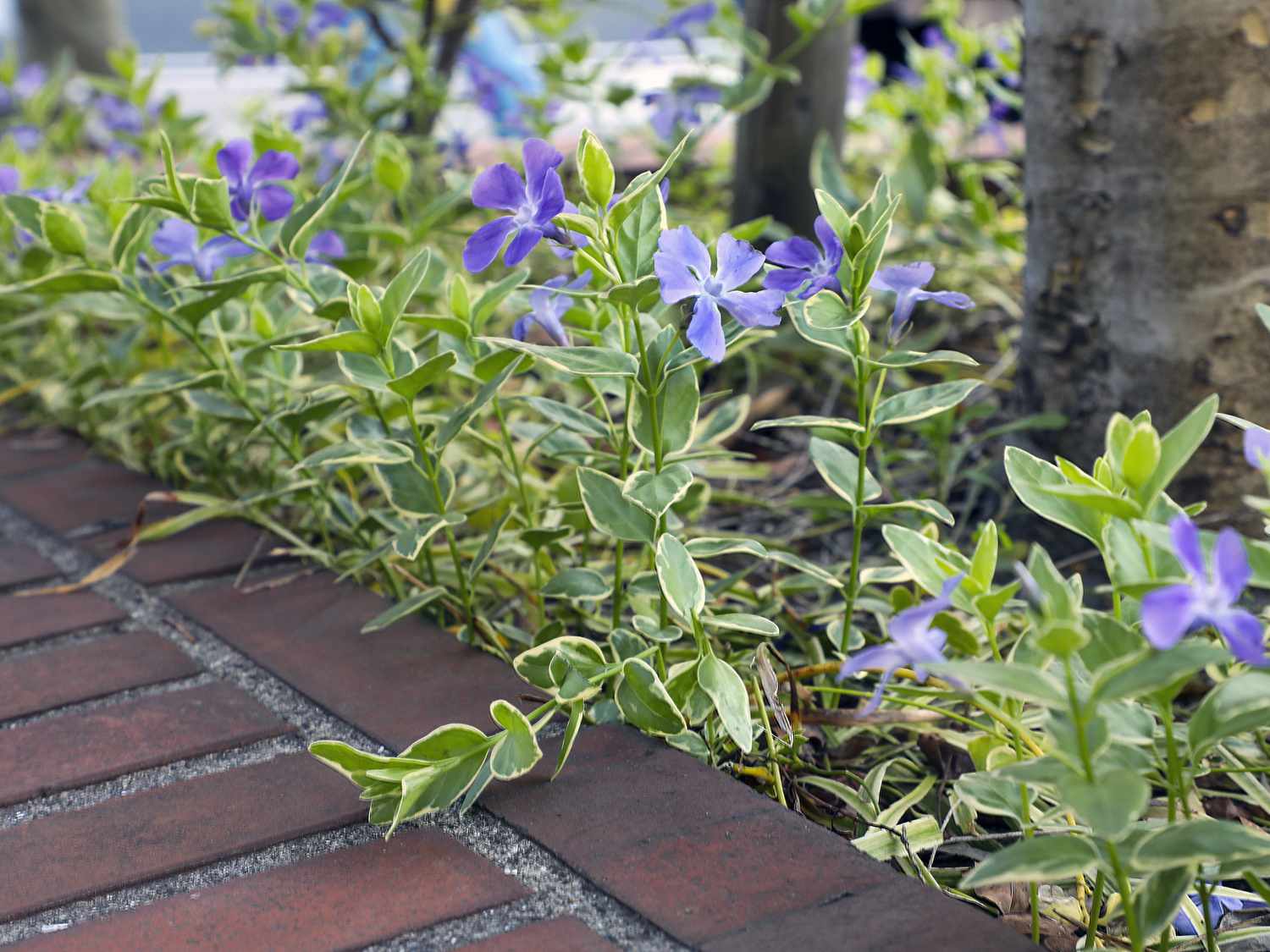
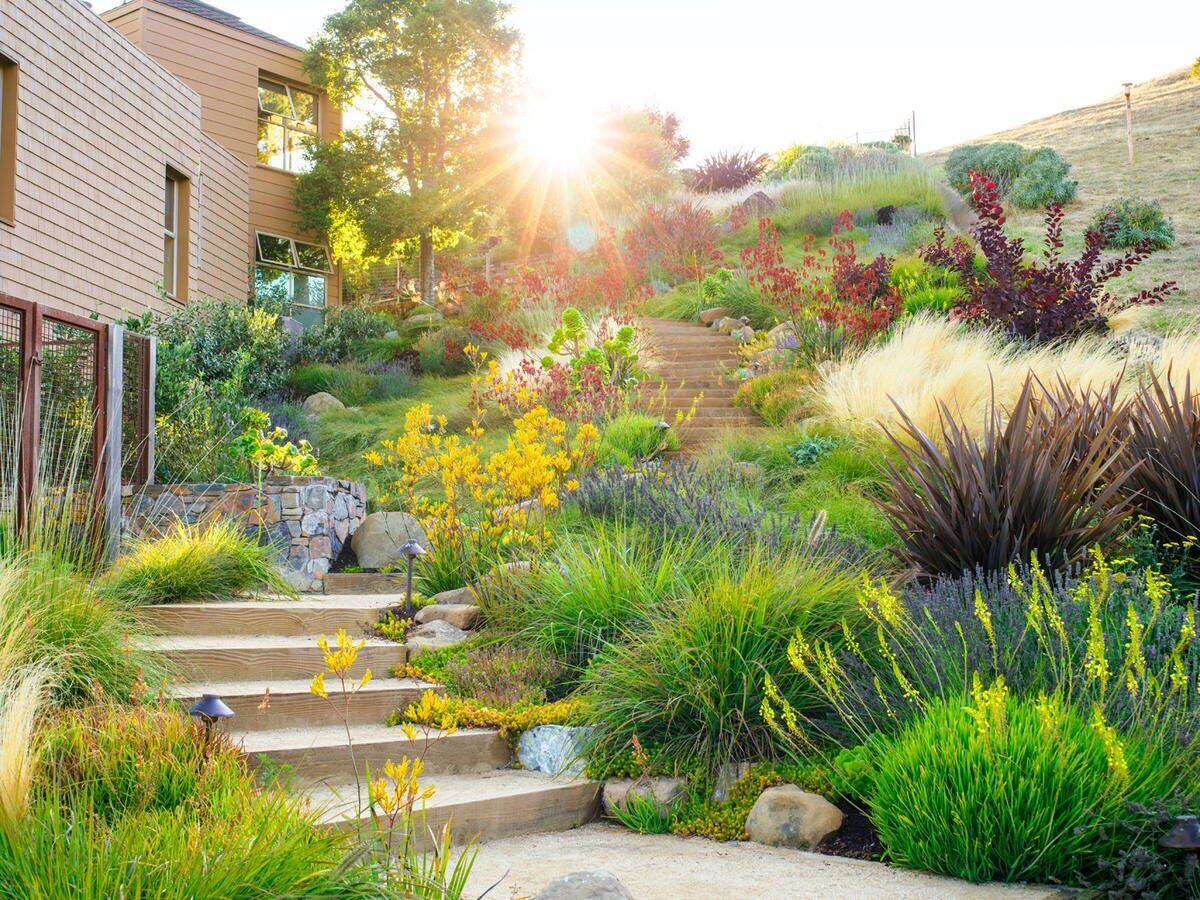
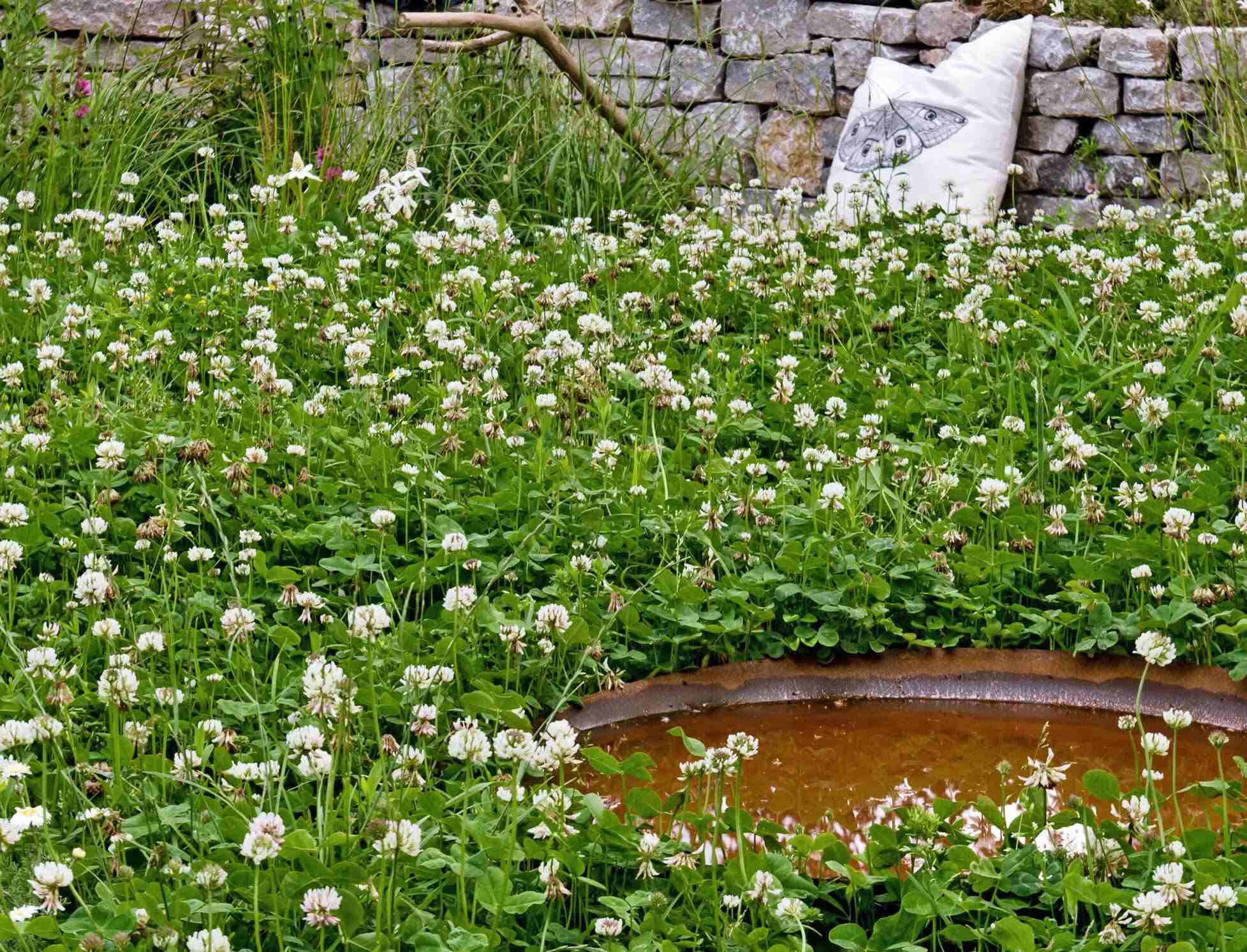
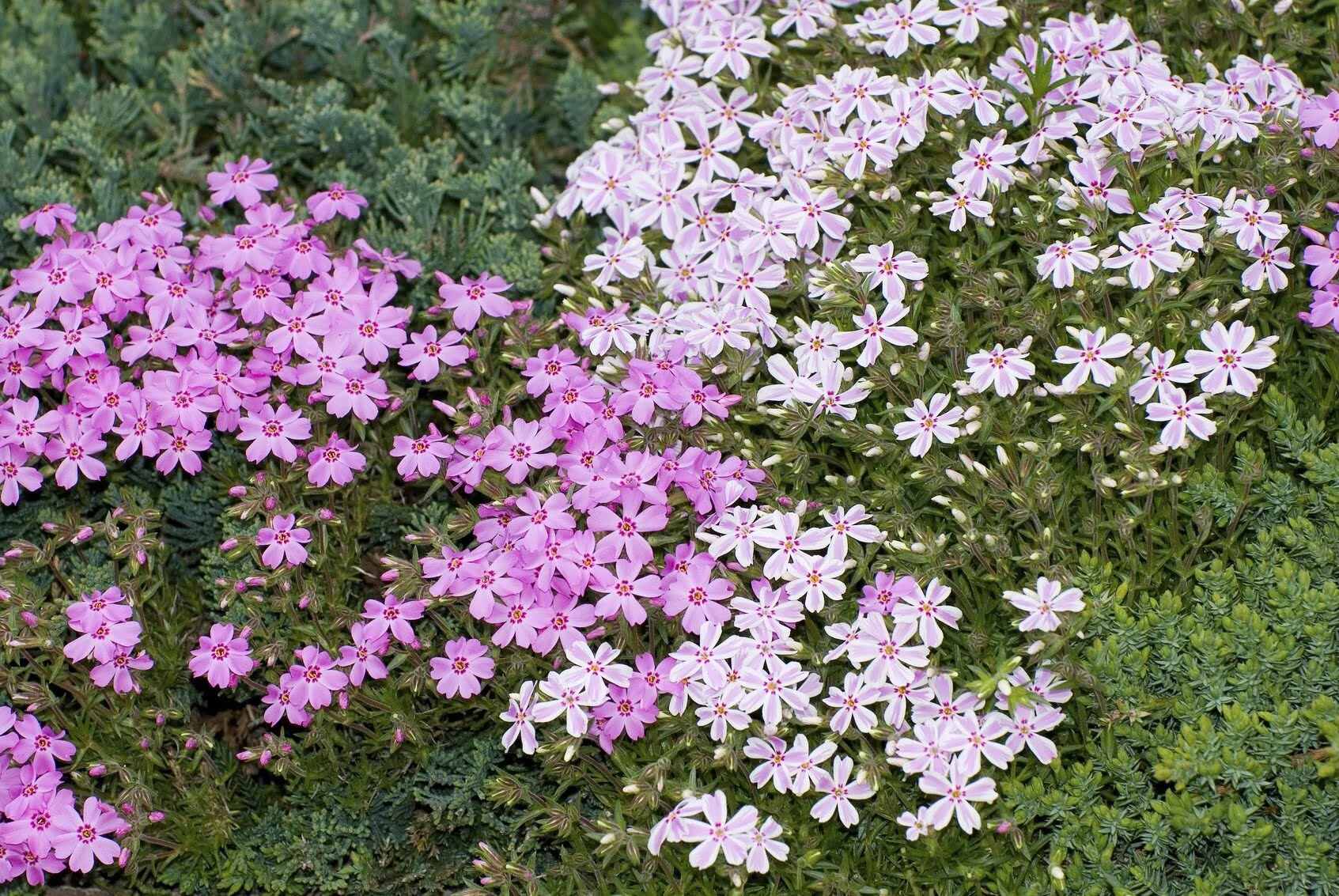
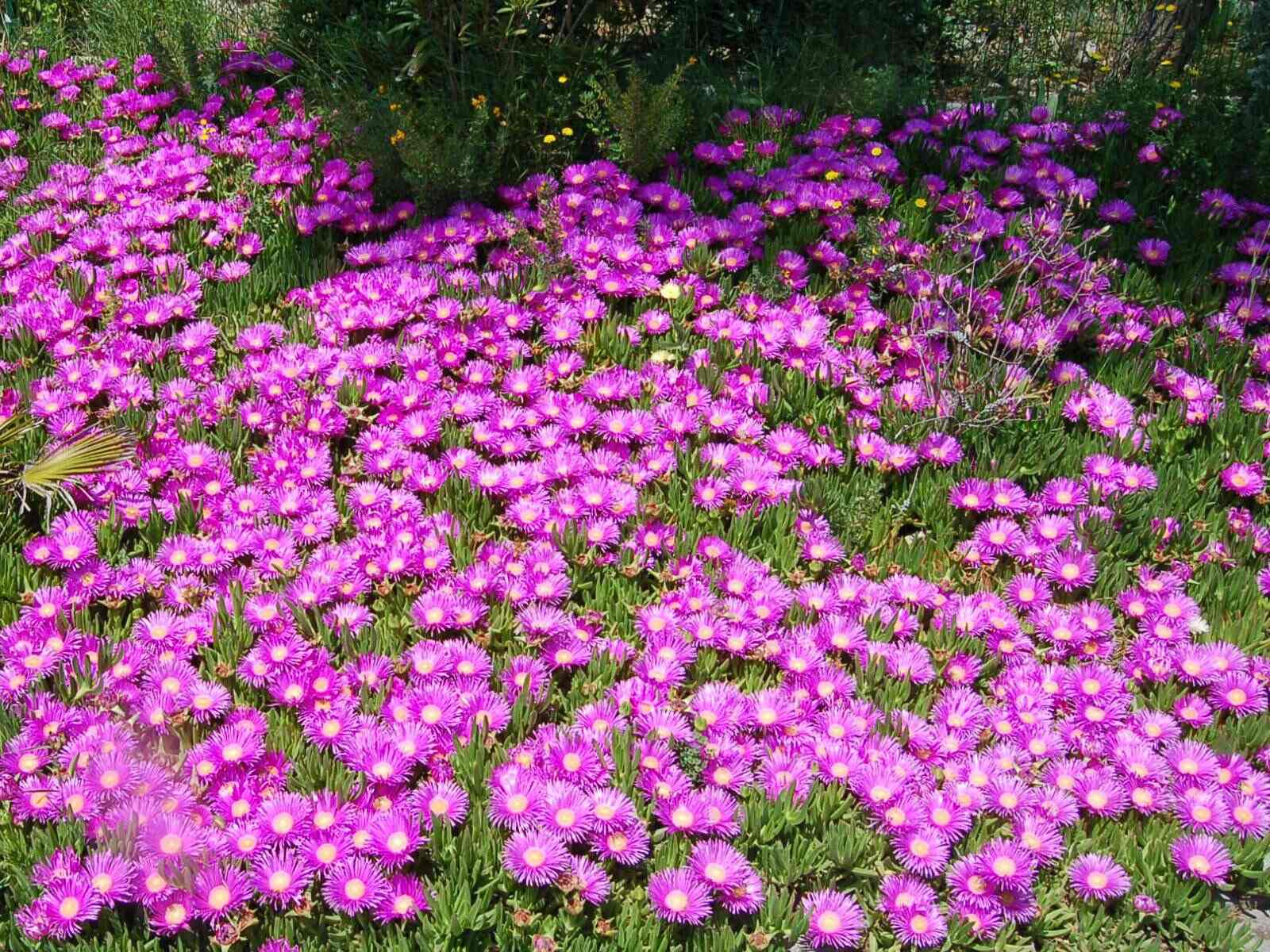

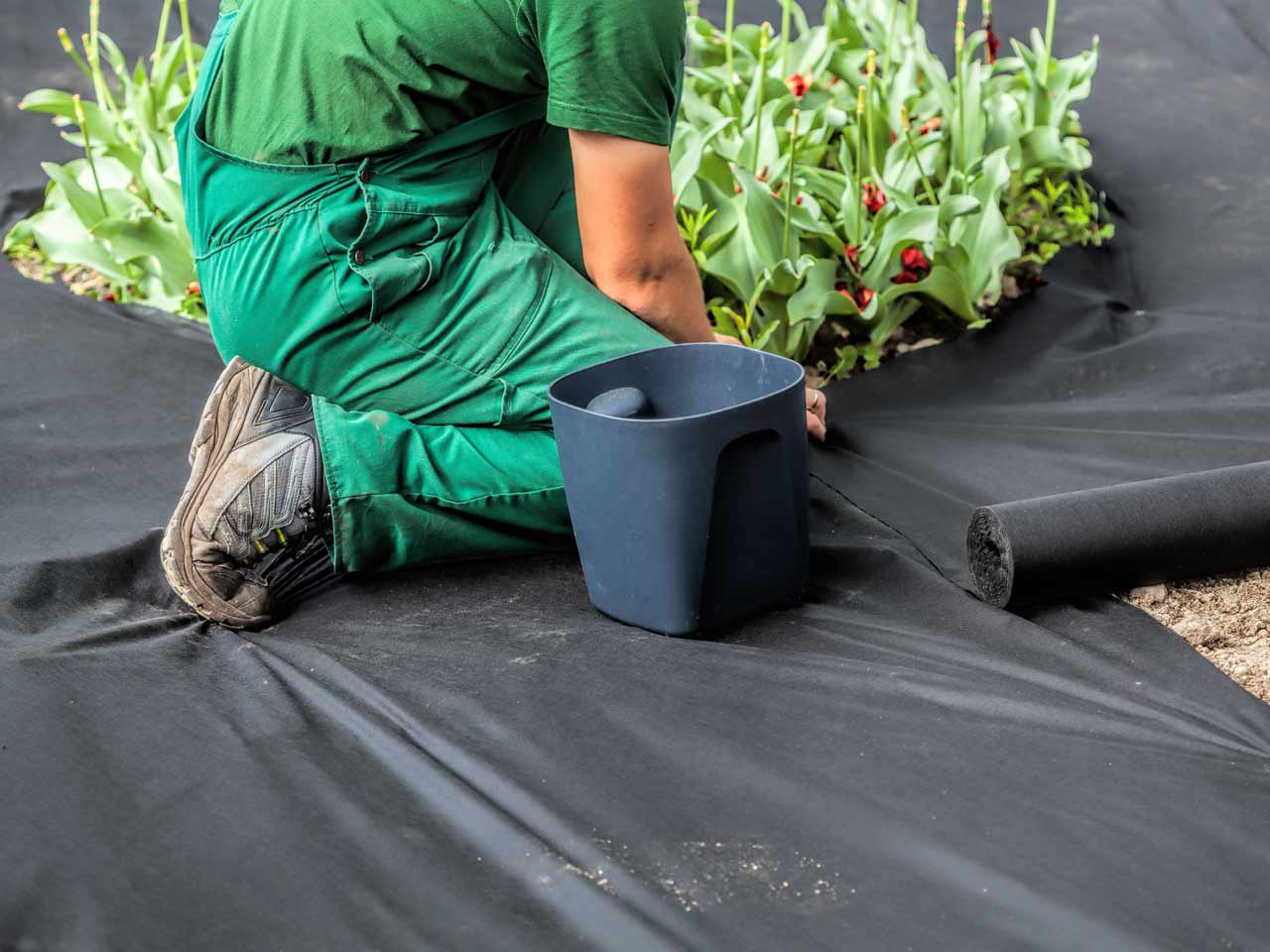

0 thoughts on “What Is The Best Ground Cover For A Hillside”